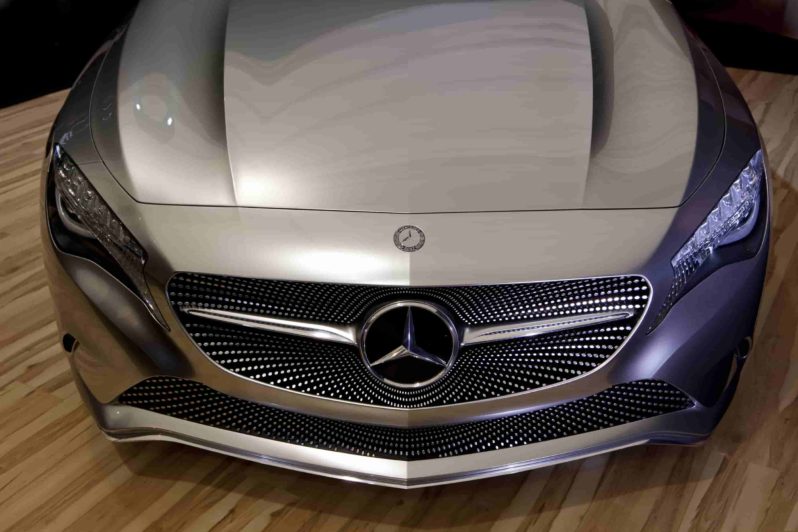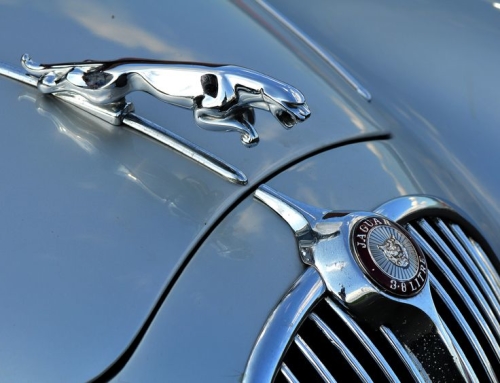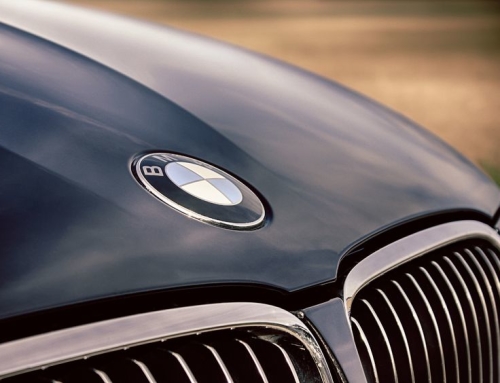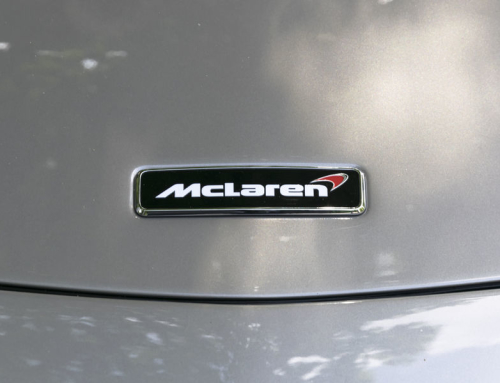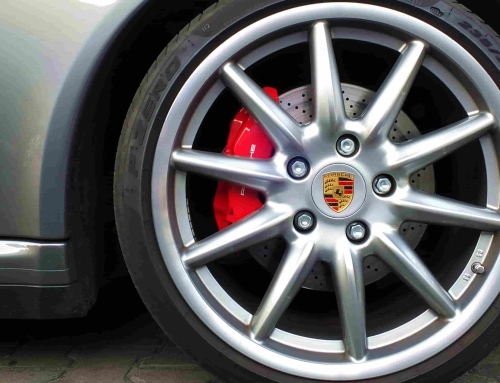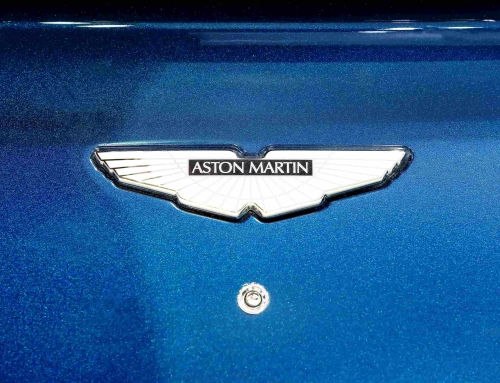The Mercedes-Benz brand brings to mind a vision of quality and tradition. Not only are they one of the most well-regarded companies in the world, but they are also the oldest automobile brand that is still in existence today.
From their beginnings, founders Gottlieb Daimler and Karl Benz have always been on the edge of innovation. Mercedes-Benz have delivered a lot of technological advancements that are now common in the majority of vehicles – as well as receiving the patent for what is regarded as the first automobile ever created.
Separate Starts
Although Mercedes-Benz did not become a brand until 1926, a lot of backstory led up to this point. In 1886 founder Karl Benz produced the first ever automobile – a three wheeled, self-propelling ‘motorwagen’ that was designed with an aim of eliminating the need of horses to travel a long distance.
Later that same year Gottlieb Daimler and engineer Wilhelm Maybach were separately able to convert a stagecoach into an automobile with the addition of a petrol engine. Although both Benz and Daimler worked within Southern Germany on very similar projects, at this point they never came across each other.
Daimler continued his designs which were soon recognised by the automobile enthusiast Emil Jellinek. He was quickly taken by the brand after purchasing his first Daimler car in 1897. After being extremely impressed, he invested in the brand to mass produce this particular car with the compromise that Daimler would name the model after Jellinek’s daughter Mercedes.
In 1902 the name Mercedes was patented for Dailmer. The Mercedes name proved to provide successful racing vehicles in the early 1900s, which gained Dailmer a lot of fame for building reputable automobiles.
The Merger
After World War 1 luxury good companies were struggling through inflation and poor sales figures. The founders’ companies Daimler-Motoren-Gesellschaft and Benz & Cie had been competitors for many years, however to keep both of them afloat they merged together to become Daimler-Benz in 1926.
The two companies standardised the design, production, purchasing, sales and advertising for their future releases. However the two branches continued to remain competitive with each other at first.
Branding
The success of the Mercedes model meant that name was the most highly recognised in the public eye. Dailmer and Benz decided to use this in their merged designs by adopting the variant known in the present day, ‘Mercedes-Benz.’
The logo they adopted was a combination of their two previous companies. The infamous 3 point star was taken from Dailmer, with the two companies names joined together around the star by a laurel wreath taken from Benz’s original logo.
The merger meant the birth of an iconic company, and the potential for innovation only continued to grow.
The Start of the Future
From the beginnings of the brand we know today, Mercedes-Benz has continuously been at the forefront of creating safety and technological improvements in our vehicles.
The first ever diesel passenger car was produced in 1936 by the brand, using an impressive 30% less fuel than its petrol equivalent.
Passenger safety has always been high on Mercedes’ priorities, especially after they began to rigorously check safety development from 1939. Features such as the conical-pin door lock, crumple zone and crash testing program are all examples of how Mercedes-Benz have changed the direction of safety in vehicles since the late 1930s.
Mercedes were also the first to introduce the ‘smart key’ to cars instead of the traditional lock back in 1997.
Besides Germany, Mercedes-Benz products are now manufactured or assembled in over 22 countries around the world. They have established a classic automobile brand known for its high quality, and we are looking forward to seeing what designs they release in the future.

